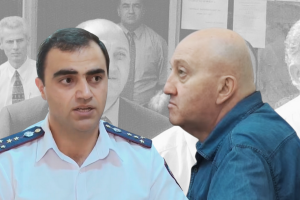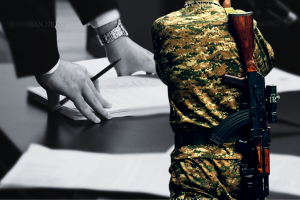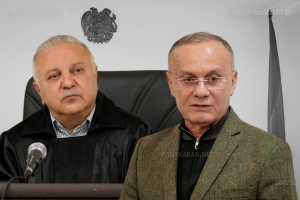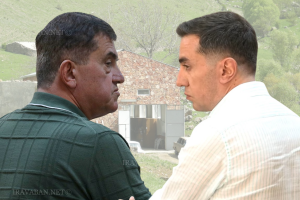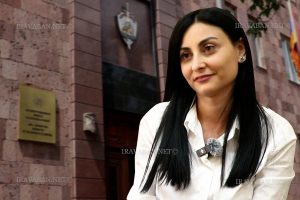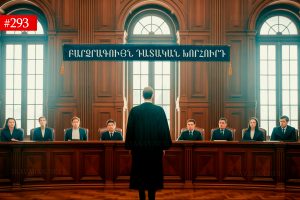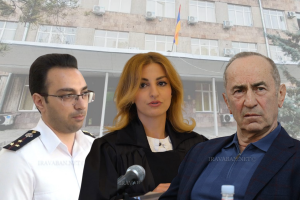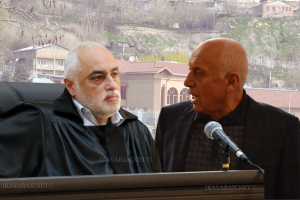“When the cannons thunder, the muses are silent. Sevada’s muse was not silent in those days,” the hero of Artsakh, Major General Vardan Avetisyan said during the opening ceremony of the exhibition entitled “Hell Gorge” by painter, candidate of pedagogical sciences, associate professor Sevada Sargsyan.
The exhibition was organized with the support of the AGBU Armenia and the “Pyunik” All-Armenian Fund for Human Resources Development. The coordinator is Lusine Karamyan, who has already organized and implemented several similar exhibitions.
The artist volunteered during the Artsakh war in 2020 to take part in hostilities. He mentions that he was ashamed when he read the names of the killed soldiers.
“I told my wife I was ashamed to go out. When the notification finally came, I called my wife and said, finally, I’m leaving. I was very hesitant about my house, my family, my trees, or my homeland, and the last time we were on the road I talked to my wife, and she said, “I’m proud of you. I became stronger and went to defend my homeland,” the artist recalls.
The participant of the war created the paintings based on sketches.
“I was sure that these would be shown in the future. Before the war and now I consider myself an emotional painter. The war constantly left an impression and feeling on me. I remembered scenes and then it disappeared. We found paper and pen and I was expressing my impressions in the form of a composition,” the artist says.
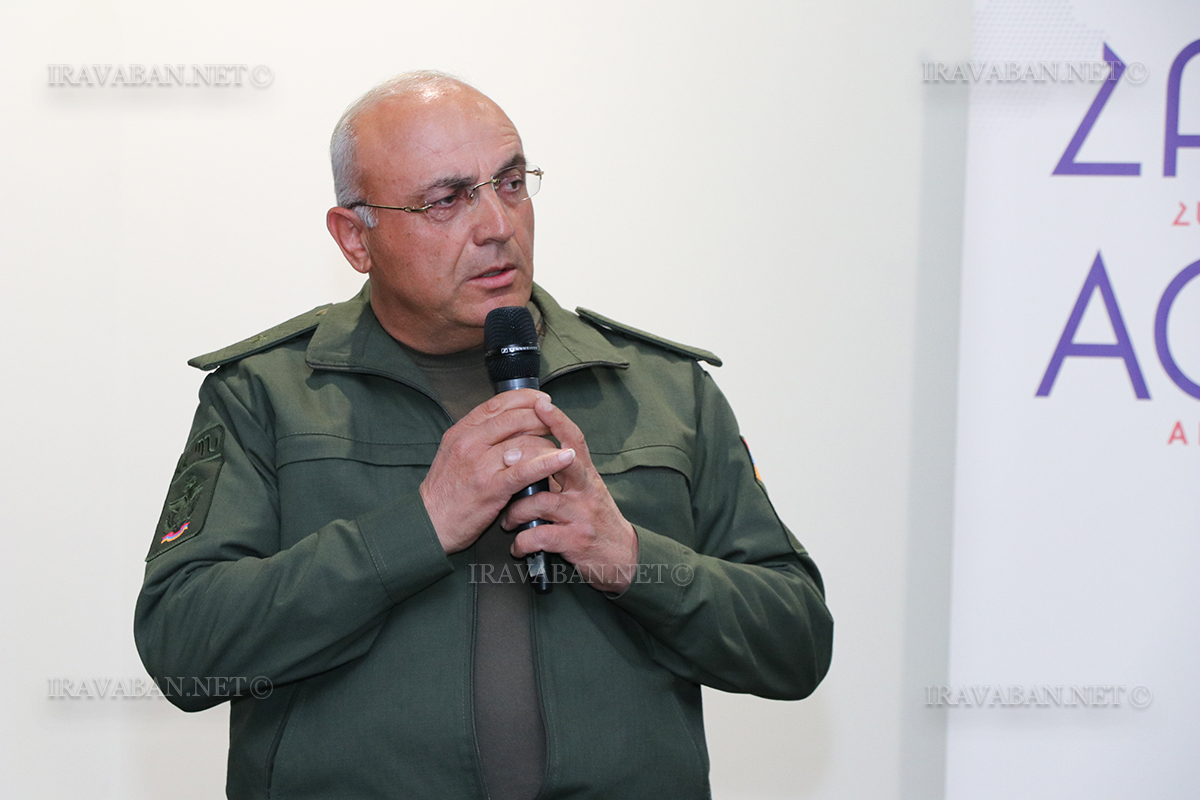 Major-General Vardan Avetisyan says that the battles started at sunrise, continued until sunset, then the enemy rested and at 11 o’clock at night they resumed and the fighting continued again until dawn.
Major-General Vardan Avetisyan says that the battles started at sunrise, continued until sunset, then the enemy rested and at 11 o’clock at night they resumed and the fighting continued again until dawn.
“What happened hurts us a lot, because the boys were fighting bravely and courageously. We could see that there was a place to retreat from the right and left wings, but we were standing. I do not know why that gorge was called the “Hell Gorge”, it could be named called the gorge of resistance, because they resisted and did not take a step back. We did not retreat in honor of guys like Sevada,” he said.
The artist spoke about the kettle that is often repeated in the paintings and noted with regret that it remained on the battlefield.
“It is another symbol of this exhibition. Alik and I, one of my comrades-in-arms, had just gone. He kept saying collect rosehip guys, there was always rosehip in our pockets and the kettle gathered us all around it,” Sevada Sargsyan says.
kept saying collect rosehip guys, there was always rosehip in our pockets and the kettle gathered us all around it,” Sevada Sargsyan says.
The trees and forests in the pictures were destroyed when the enemy used prohibited weapons.
The Major General said he did not know that Sevada Sargsyan was an artist, “Sometimes I noticed that he was studying the nature, and the result of that study are these images.”
The artist said that they called it “Hell Gorge” after the defensive battles of Berdzor on 6 November, when they inflicted numerous losses on the enemy.
Seyran Chilingaryan, President of “Fidayins” NGO, who took part in the war, said in his speech, “I want to say that the “Hell Gorge” was not for us, but it was a gorge of hell for the Turks. It’s a little cruel, but they deserve it. I did not know that Sevada was connected with art. Thank you for doing such work. ”
He, as the President of “Fidayins” NGO, awarded “Poghos Nubar Pasha” medal to “Pyunik” foundation, and awarded “Preservation of Armenian Identity” medal to the Armenian General Benevolent Union. He awarded the coordinator of the exhibition Lusine Karamyan with the “St. Vardan” knightly medal. Sevada Sargsyan was awarded the “Hovhannes Aivazovsky” medal.
Hasmik Sargsyan
Photo series by Alisa Chilingaryan




